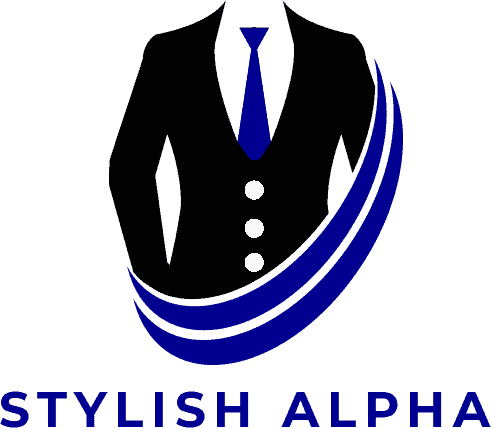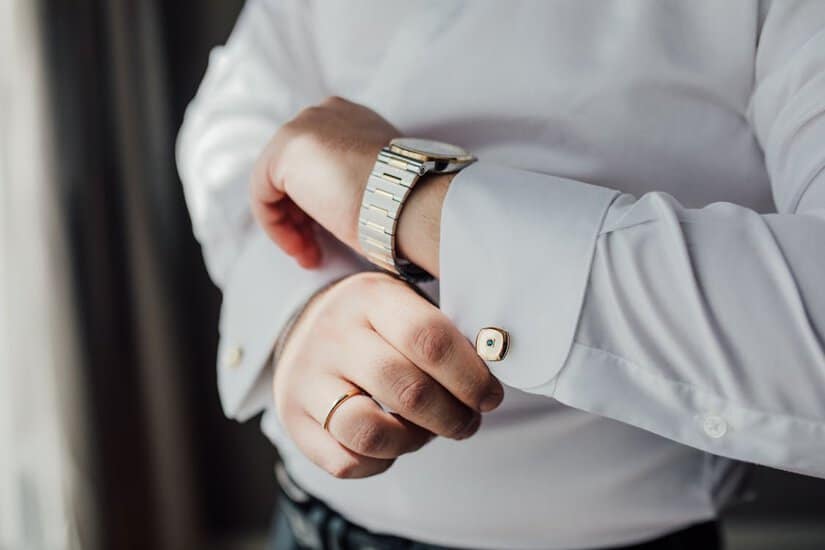The timeless formal shirt is unquestionably one of the wardrobe essentials that never goes out of style in men’s fashion. A well-chosen formal shirt may make all the difference, whether it’s for a business meeting, an elegant occasion, or just to dress up regular clothes. But what, precisely, is a menswear classic formal shirt? The main characteristics of a classic formal shirt are fabric, fit, collar designs, cuff alternatives, color, and patterns, as well as how these components add to a classic style.
Fit’s Significance
A Formal Shirts For Men Style fit is a key factor in determining its style. A traditional formal shirt should be just the right amount of snug or baggy to highlight the natural contours of the body without limiting mobility. For formal shirts, there exist multiple fit options:
Slim shape: This shape has a tapered waist and narrower sleeves to closely follow the natural contours of the body. It’s perfect for people who idealize modern style and have a lean type of body.
Regular Fit: A more conventional fit that keeps the silhouette neat while giving the arms, waist, and chest some room. It’s an excellent option for people who like both style and comfort.

Tailored Fit: This fit provides a slight modification as compared to standard fitted shirts and is thus more comfortable than slim fit alternatives. It is something between slim and regular fits and thus one needs to smartly select Blue Shirt With Black Blazer, it can stand you out from others.
A professional look is achieved by selecting the appropriate fit, and it’s important to take body shape and personal choice into account.
The Basis: Superior Quality Cloth
The type of fabric used is the primary feature that sets apart a traditional formal shirt. High-quality materials are necessary to ensure comfort and longevity along with a sophisticated look. Cotton is the fabric of choice for formal shirts because of its softness, breathability, and moisture-wicking qualities.
Poplin: This smooth, lightweight, tightly woven fabric offers a sleek and classy appearance, which makes it perfect for wearing as formal looks. It’s the standard option for the dress of most shirts.
Oxford: Oxford fabric, when properly tailored, retains its formal charm even though it is a little heavier. It gives a more textured look that suits the semi-formal settings.
Twill: With their diagonal weave and subdued gloss, twill fabrics thus make them a great choice for formal shirts with a pinch of sophistication added.
Collar Styles: The Shirt’s Frame
The overall appearance and adaptability of a formal shirt are greatly influenced by its collar style. Selecting a suitable design for the collar is important as it improves the look of the tie or suit and frames the face. Popular collar designs for traditional formal shirts include the following:
Point Collar: A classic option, the point collar has narrow collar points that are more closely spaced between, creating a formal and precise look. It is adaptable and suitable for the majority of tie knots.
Spread Collar: The spread collar can accept larger tie knots, such as the Windsor knot because there is a greater space between the collar points. It provides a hint of elegance and is thought to be more modern.
Cuff Styles: A Crucial Information
An additional crucial component that distinguishes the traditional formal shirt is the cuffs. They not only enhance the shirt’s appearance but also convey how formal it is. The most common cuff styles for formal shirts are as follows:
The most popular type of cuff is the barrel cuff, which has a single button for closure. It is adaptable and appropriate for semi-formal and formal settings. Certain barrel cuffs have two buttons so that the fit can be more precisely adjusted.
French Cuff: Also referred to as twin cuffs, French cuffs are secured with cufflinks after being folded back. They are frequently worn at formal gatherings like black-tie affairs and important business meetings since they are the height of formal elegance.
Colors That Remain Vibrant Over Time
For traditional formal shirts, color is a defining characteristic. A shirt can be made appropriate for many different situations and kept as a wardrobe mainstay with the correct color selection. The following hues are timeless favorites:
White: The standard hue for formal shirts, a white dress shirt is an essential piece of apparel for every man’s closet. It is ideal for business meetings, interviews, and formal gatherings since it radiates purity and professionalism.
Light Blue: A light blue shirt keeps a classic appearance while adding a pop of color. It’s a fantastic substitute for white because it’s adaptable and looks good with a range of clothes.
Pale Pink: For individuals who aren’t afraid to go outside the norm, pale pink gives formal wear a tasteful yet understated touch. It’s a chic decision that beams self-assurance.
Light lavender and gray are tasteful, sophisticated hues that work well in both professional and informal contexts. Without being overly striking, they provide a variation from conventional colors.
Even if patterned shirts are fashionable, a traditional formal shirt usually has solid hues that never go out of style.
Paying Close Attention to Details: Knobs and Hooks
A formal shirt’s plackets and buttons, for example, can have a big impact on how it looks overall. Superior buttons, frequently crafted from mother-of-pearl, offer a sophisticated touch, whereas plastic buttons could be less robust. There are various types available for the placket, which is the piece of fabric where the buttons are sewn:
Standard Placket: This placket, which has a visible seam, is a little more informal but still appropriate for formal shirts.
French Placket: This design looks cleaner and more formal because there are no apparent seams.
Covered Placket: This minimalist and sleek-looking piece has buttons concealed behind an additional layer of cloth. It appears frequently in tuxedo shirts.
Adaptability: A Top for Any Situation
The adaptability of a traditional formal shirt is one of its biggest benefits. A well-chosen shirt can be worn smart-casual by layering it beneath a blazer or dressed up for a formal occasion with a suit and tie. Its versatile nature is what establishes it as a mainstay of male fashion.
In Summary
A classic formal shirt is a statement of professionalism, style, and ageless elegance rather than just a simple article of apparel. The formal shirt, characterized by its excellent fabric, accurate fit, many collar and cuff options, and subdued hues, has been a mainstay of menswear for many years. Knowing these essential components allows one to make wise decisions and create a wardrobe that endures the

Samoel Ovanessian is the founder and creator of StylishAlpha.com – a website dedicated to men’s fashion. As a proud owner of more than 200 ties, he loves digging through new clothing combinations for everyday use, formal events and even just for fun. You can read more about Samoel here.

